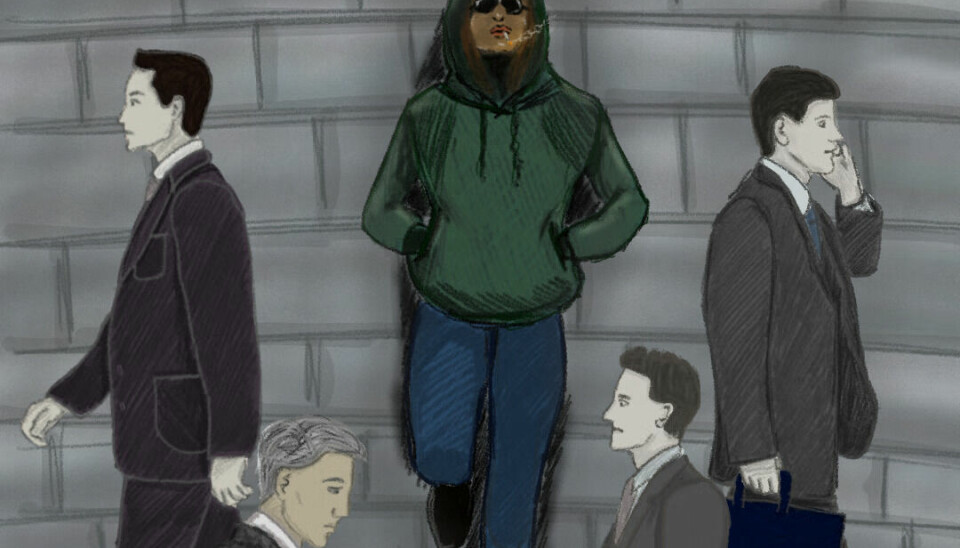OPINION GENDER & THE CITY
I want to be a flaneur too

Our current cities (and inhabitants) are failing more than half of our population. Pseudo-solutions camouflage the stubborn patriarchy, says Jolien Vandoorne
A completely bombed-out city, a blank canvas, ready to be coloured in with novelties. Yet after World War II, that white canvas became mostly a colourless cement reflection of patriarchy. Everything was once again built to the size of men.
I spent hours diving into the Antwerp archives for my thesis. End result: during my research, I stumbled upon one architect who was interviewed. What for? To advise on the dimensions of new flats. How big would 'her' optimal kitchen be again?
The remnants of imaginative men in dark grey tailored suits still reverberate today: footpaths are narrow and hardly walkable with prams and women feel unsafe in parks where only one entrance guarantees their way out.
A new statue or an extra lamppost does not make a woman-friendly city
We are often taught that avoiding problems in the city is our responsibility. 'Don't go out alone,' 'Don't dress like that,' 'Stay away from that neighbourhood.' All the while, everyone actually needs to denounce the power dynamics in our cities and society. A new statue or an extra lamppost does not make a woman-friendly city.
With Dansaert scenes in Brussels and the accompanying boundless gentrification everywhere, women often fall by the wayside once again. In big cities, these places of community are disappearing for towering luxury flats. A woman-friendly city is a people-friendly city, where profit does not always trump social.
To plan gender-sensitively, you don't have to be a woman
This is not an argument to fire all men in urban planning. To plan gender-sensitively, you don't have to be a woman. Women themselves often forget to put on their gender glasses. When half of the toilet waste bins at KU Leuven temporarily disappeared, it only showed ignorance.
I do call for more activism, more gender data and greater awareness of inequality in cities. Everyone benefits from a feminist city. Comfortable lifts at railway stations are a boon for mothers as well as fathers with children and less mobile people. But you too can break your leg and then it is nice if that doesn't deny you access to the city.
But many projects are a band-aid on the gaping wound. In Jakarta, for instance, a train carriage was coloured light pink. Only women were allowed to sit in it, which ensured that the carriage was soon overcrowded. It only speaks louder for sexual harassment in society. The problem of sexual inequality in the city and beyond was simply shifted to a tiny carriage at the back of an Indonesian train. Belgium suffers from the same flaws.
Such pseudo-solutions involving segregation are never an answer to the shuddering problem. Moreover, social inequality cuts across several axes. Apart from women, how does a city provide a home to the poor, persons with disabilities, people of colour and those with different gender identities and sexual orientations? Listening to groups without a loud voice is a first step towards an equal city.
I, as a woman, also want to be a flaneur. But a small voice tells me that it's best not to go to certain places anyway, especially at nightfall. A complete cultural shift is impatiently awaited. Today, fear has another price.
Jolien Vandoorne is a student of European Urban Studies at Bauhaus.









